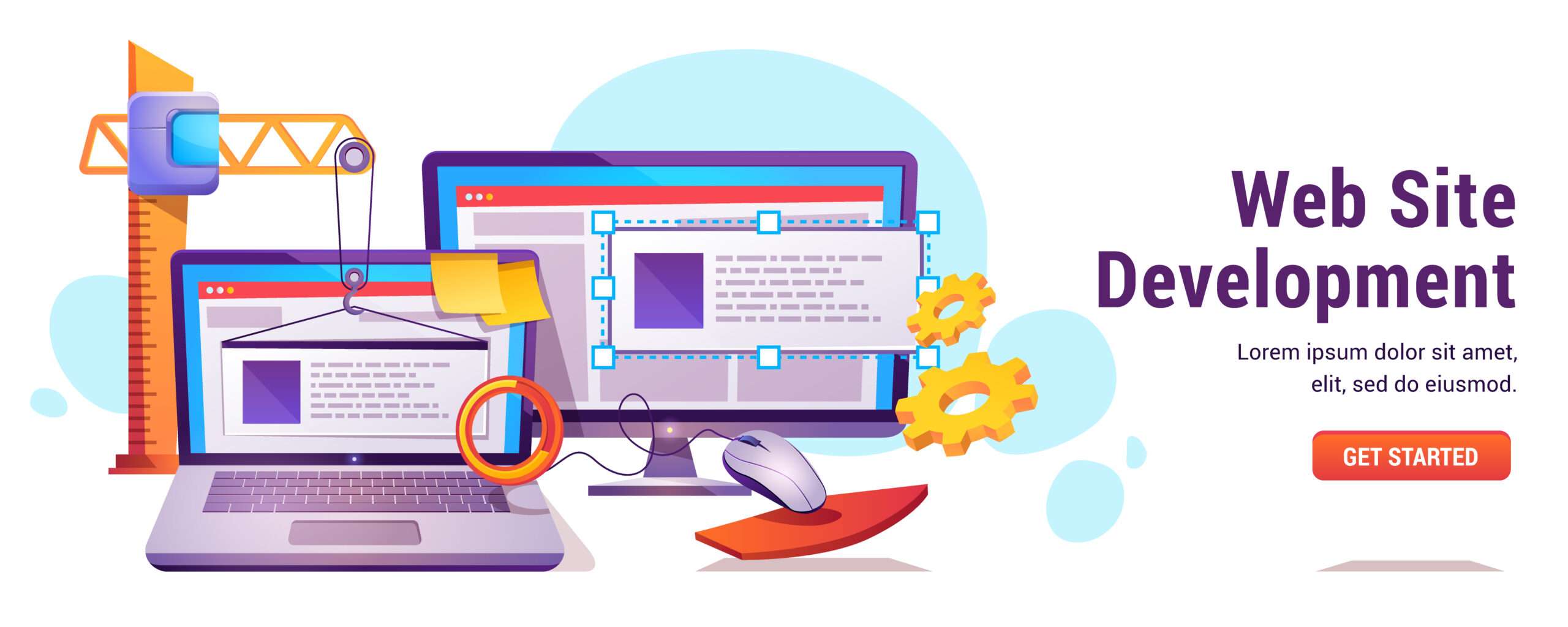Introduction Graphic Design Principles & Tools
In the digital age, where visual content is consumed at unprecedented rates, mastering graphic design has become more crucial than ever. Yet, surprisingly, studies show that viewers form first impressions of designs within just 50 milliseconds – leaving designers with a fraction of a second to make an impact.

From the strategic use of white space to the psychology of font selection, successful graphic design is a delicate balance of artistry and scientific principles. Whether you’re a seasoned professional or just starting your design journey, understanding these fundamental concepts and tools can transform ordinary visuals into compelling communications that resonate with audiences.
Hierarchy of Messaging
Visual hierarchy is fundamental to effective graphic design, determining how viewers process and understand information. By strategically arranging elements, designers can guide the audience’s attention in a purposeful sequence.
Scale, color, and placement work together to create emphasis. Larger elements naturally draw the eye, while contrasting colors make key messages pop. Strategic positioning using techniques like the Rule of Thirds ensures that crucial elements capture attention first.
Well-structured designs demonstrate this through clear heading structures and intentional white space. When headings, subheadings, and body text are properly scaled and positioned, they create an intuitive flow that enhances comprehension and engagement.
Choose Fonts Wisely
Typography choices can make or break a design’s effectiveness. Font selection must align with your message while ensuring optimal readability across all platforms. Serif fonts excel in body text for their readability, while sans-serif fonts command attention in headlines.
When pairing fonts, limit your selection to two or three complementary typefaces. Create clear distinctions between heading levels by varying font sizes and weights. A successful font hierarchy might combine a bold sans-serif heading with a refined serif body text, guiding viewers seamlessly through your design elements.
Leave Negative Space
White space, also known as negative space, is a powerful design element that gives content room to breathe. This intentional empty space between and around design elements helps emphasize key information while creating visual balance and clarity.
To effectively use negative space, maintain consistent spacing between elements and group related items together. Allow ample padding around important content to draw attention naturally. The most successful layouts often feature generous margins and clear separation between sections.
Look at luxury brand websites or minimalist publications for inspiration – they masterfully employ white space to create sophistication and direct focus to specific elements. Apple’s product pages exemplify how strategic negative space can elevate a design’s impact and readability.
Repetition Works
Repetition is a cornerstone of professional design that creates visual harmony and strengthens brand recognition. By consistently using specific colors, typography, and imagery across all design elements, you establish a cohesive visual language that guides viewers through your content.
When implementing repetition, maintain a consistent color palette throughout your project, use the same font families for similar content types, and echo visual motifs across different components. Major brands like Nike demonstrate this principle effectively – their distinctive swoosh logo, specific typeface, and “Just Do It” tagline create instant recognition through careful repetition.
Remember that successful repetition doesn’t mean monotony. Rather, it builds rhythm and reinforces your design’s key messages while maintaining visual interest.
Brief Proofreading and Clarification
A successful design project begins with a thorough understanding of client requirements. Start by conducting detailed discussions to uncover project goals, target audience demographics, and key messaging priorities. Request specific examples of designs they admire and relevant industry benchmarks to establish clear expectations.
Create a structured brief document that outlines deliverables, timelines, and design direction. Use sketches or wireframes to map out visual hierarchies before diving into detailed design work. This systematic approach ensures alignment between client vision and design execution while streamlining the creative process.
Simplify Complex Processes with Icons and Illustrations
Visual elements like icons and illustrations serve as powerful tools for breaking down complex information into digestible chunks. When designing step-by-step processes or technical concepts, strategically placed icons can instantly communicate key ideas that might otherwise require lengthy explanations.
The key is moderation – use icons and illustrations only where they add genuine value. Choose simple, recognizable symbols that align with your overall design aesthetic. For maximum impact, maintain consistent style and sizing across all visual elements.
Leading tech companies effectively demonstrate this approach through their product documentation, using streamlined iconography to guide users through features and workflows. Each icon serves a clear purpose, enhancing rather than overwhelming the user experience.
Keep it Simple
Effective graphic design often hinges on the principle of minimalism. Limit your design elements to two fonts, a focused color palette, and essential shapes to create clarity and impact. This restraint helps viewers quickly grasp your message without visual clutter.
Contrast plays a vital role in readability. Pair light and dark tones strategically – black text on white backgrounds remains a classic choice for body copy, while selective color contrasts can highlight key information.
Look at brands like Nike or Apple for inspiration. Their designs succeed through simplicity, using minimal elements to maximum effect. A single powerful image, straightforward typography, and precise use of white space often create more impact than complex compositions.
Daily Task Planning
Successful graphic design projects hinge on effective time management and workflow optimization. Starting each day with a focused list of 2-3 priority tasks allows designers to maintain quality while preventing creative burnout.
Establish a consistent daily routine by blocking specific times for different design activities. For instance, dedicate mornings to complex creative work when your mind is fresh, and save administrative tasks for later hours. Structure your schedule around your peak productivity periods.
Remember to include buffer time between tasks for unexpected revisions or creative inspiration. This flexible approach helps maintain both productivity and creative excellence while meeting client deadlines.
Adobe Photoshop
Adobe Photoshop stands as the industry standard for digital image manipulation and creation. Its robust feature set includes customizable layers for non-destructive editing, precise adjustment tools for color correction and retouching, and an extensive brush system for digital painting and effects.
The software excels at photo editing tasks like removing backgrounds, correcting exposure, and enhancing colors. For graphic designers, its smart objects functionality enables scalable designs while preserving original image quality. The program’s mask features allow for sophisticated selections and targeted adjustments.
To maximize Photoshop’s potential, focus on mastering keyboard shortcuts, organizing layers effectively, and utilizing adjustment layers instead of direct image modifications. This approach ensures flexibility while maintaining professional workflow standards.
Adobe Illustrator
Adobe Illustrator is the premier vector graphics software, enabling designers to create infinitely scalable artwork without quality loss. Its precision tools make it ideal for logo design, brand identity development, and intricate illustrations.
The software’s powerful features include Image Trace for converting raster images to vectors, Retype for seamless text manipulation, and Generative Recolor for exploring dynamic color variations. These tools streamline the creative process while maintaining professional-grade output.
Illustrator excels in creating everything from business cards to billboards, thanks to its vector-based nature. Whether designing custom typography, developing brand guidelines, or crafting detailed technical drawings, the software’s robust toolset ensures pixel-perfect results across all scales.
Inkscape
Inkscape empowers designers with professional-grade vector graphics capabilities without cost barriers. Its intuitive interface features a customizable workspace and comprehensive toolset that rivals commercial alternatives.
The software shines with essential features like node editing, path operations, and SVG file format support. Designers can create complex shapes, manipulate vectors with precision, and work seamlessly across multiple layers. The text handling capabilities and extensive filter effects enable sophisticated typography and graphic treatments.
From logo design to detailed illustrations, Inkscape handles diverse creative projects effectively. Many designers use it to create web graphics, technical diagrams, and marketing materials. The ability to export to various formats ensures compatibility across different platforms and use cases.
Corel Draw
Corel Draw stands as a powerful solution for creating sophisticated illustrations and graphic designs. Its comprehensive suite features advanced vector editing tools, precise node manipulation, and robust typography controls. The software excels in handling complex design projects through its intuitive interface and professional-grade capabilities.
The platform’s collaborative features enable seamless team workflows, while its extensive file format support ensures compatibility across different design environments. Designers can work with AI, EPS, PDF, and numerous other industry-standard formats without losing quality or functionality.
For graphics professionals requiring precise control and versatility, Corel Draw delivers through its extensive toolset, making it particularly effective for detailed illustrations, technical drawings, and multi-page layouts.
Vectr
Vectr emerges as a powerful online vector graphics editor that combines accessibility with professional-grade features. Its browser-based platform offers real-time collaboration capabilities, allowing multiple designers to work simultaneously on projects while maintaining version control.
The software’s AI-powered tools streamline common design tasks, from automated alignment to smart object recognition. These intelligent features help designers work more efficiently while maintaining creative control. The intuitive interface supports both typography manipulation and complex vector illustrations.
Available at vectr.com, this free platform particularly excels in logo design, social media graphics, and UI elements. Its cloud-based architecture ensures your work remains accessible across devices, making it an ideal solution for remote design teams and freelancers.
Free Digital Art Software
Free digital art software like Canva and Krita provide powerful alternatives to premium design tools. Canva offers an extensive template library, drag-and-drop functionality, and built-in design elements perfect for social media graphics and marketing materials. Krita excels in digital painting with its professional-grade brush engines and advanced layer management.
Both platforms include essential features for beginners, from basic shape tools to typography controls. Canva’s intuitive interface guides users through creating presentations, posters, and social media content, while Krita’s customizable workspace supports detailed digital artwork and illustrations.
Master these tools by starting with templates, utilizing built-in tutorial resources, and practicing regularly to develop your design skills. Focus on learning one feature at a time to build a strong foundation in digital art creation.
The Path Forward in Graphic Design
The landscape of graphic design continues to evolve with technological advancements and changing visual preferences. Yet, the core principles of hierarchy, simplicity, and purposeful design remain steadfast guides for creating impactful visual communications. Success lies in mastering these fundamentals while staying adaptable to emerging tools and trends.
As you develop your design expertise, remember that every element – from the smallest icon to the broadest use of negative space – should serve a clear purpose. By combining these essential principles with both premium and free software options, you can build a versatile toolkit that enables you to tackle any design challenge with confidence.






